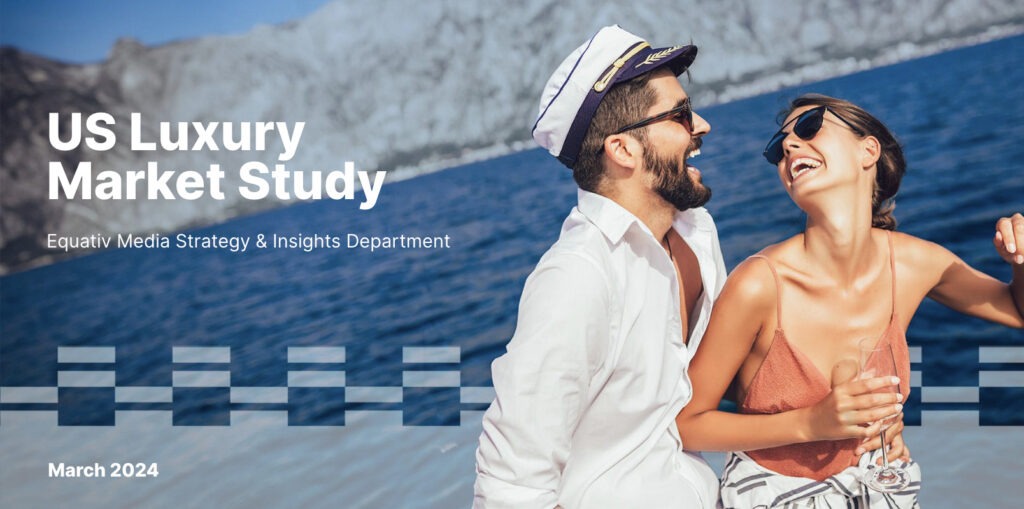US luxury retail sales are projected to hit $136B by 2027. Featuring data from our latest report, we look at three emerging marketing trends.
With US luxury retail sales projected to hit $136B by 2027, the size of the opportunity in the category is clear. However, the market in the US is in a state of evolution and new trends are beginning to emerge.
Traditional definitions of luxury are shifting as Gen Z's spending power and influence increase and affluent consumers focus on experiences and wellness post-pandemic. In addition, the purchase journey is changing as affluent consumers continue to embrace mobile and online channels in their shopping and media habits.

Gen Z makes up about 20% of the US population today and accounts for an estimated $360B in disposable income. This significant spending power is reflected in the fact that 53% are passionate luxury shoppers, compared to 39% of Gen X and 25% of Boomers.
While older consumers stick to more classic expressions of luxury - like wristwatches, bags, and coats - younger affluents prefer more casual items. Gen Z actively follows fashion apps to stay up-to-date on trends and their preferred luxury items include sneakers, hoodies, and fragrances.

According to GWI, affluent consumers are more exposed to digital content and rely on online sources to stay updated. As a whole, this group is 107% more likely to turn to online fashion magazines for information and 111% more likely to read online newspapers. Branded websites and social media are major sources of luxury news and celebrities and fashion influencers serve as inspiration.
Looking at daily time spent with media, Gen Z leads in mobile content consumption. They spend over four hours engaging with mobile content, which is a full hour more than Millennials and almost double that of Gen X and Boomers. Millennials, on the other hand, spend the most time streaming TV at nearly two hours each day. Gen X and Boomers spend less time on media overall, but both consume over three hours of broadcast TV daily.

While Gen Z in particular loves gaming, it's exploding in popularity among those of all ages. Gamers are seen as today's trendsetters and 66% of the respondents in a 2022 Anzu survey said they have invested in luxury branded products.
Luxury brands have taken notice and as the lines between the two continue to blur, many are partnering with gaming companies on in-game fashion, merchandise, and apparel. With almost three-quarters (71%) of affluent consumers paying attention to gaming fashion, it's easy to see why companies, such as Drest - which focuses on merging luxury and gaming in an attempt to attract fashion lovers to the Metaverse - have become popular.
Affluent shoppers begin their purchase journey with information they consume online. Campaigns featuring creative, evocative, and inclusive advertising run on the right channels at the right moment will be key to connecting with the group of consumers.
At Equativ, we have helped luxury brands reach the right audiences with our contextual and third-party targeting solutions via both programmatic buying and managed service campaigns. Our high-impact units and premium and brand-safe placements offer above-market performance.
Download our US Luxury Market Report for more insights on affluent consumers and the results we've achieved for our luxury clients. Then, reach out to our team to discuss how we can help you drive value among your luxury audiences.


Summary
As Director of Marketing and Communications at Equativ, Amy leads the company’s owned content, social media, and public relations strategies. Collaborating with stakeholders across the organization, she writes on topics ranging from Equativ’s product innovations to broader industry trends.